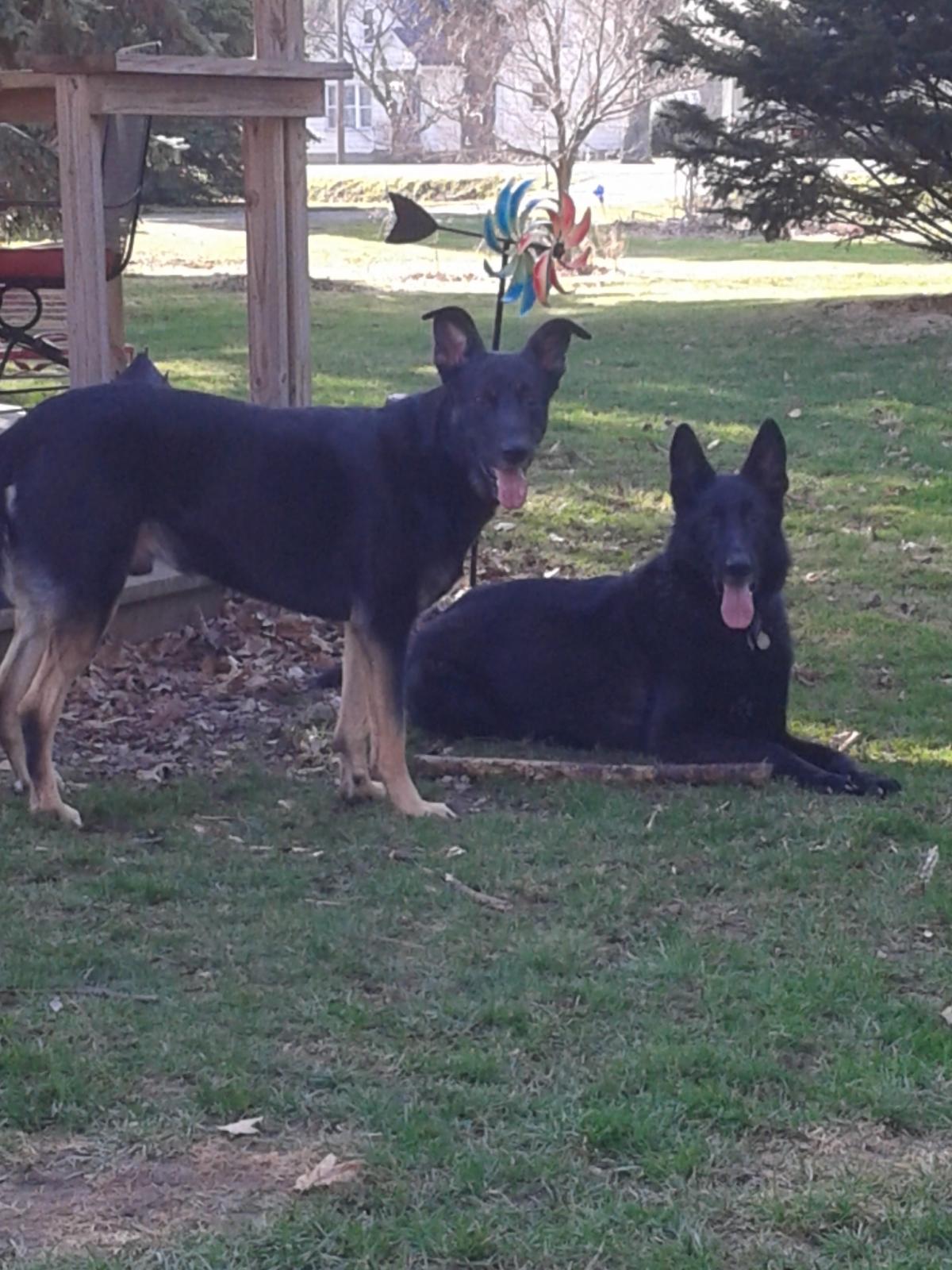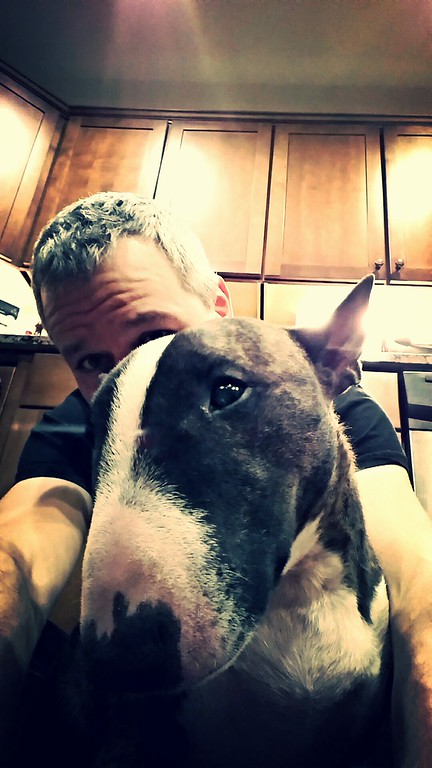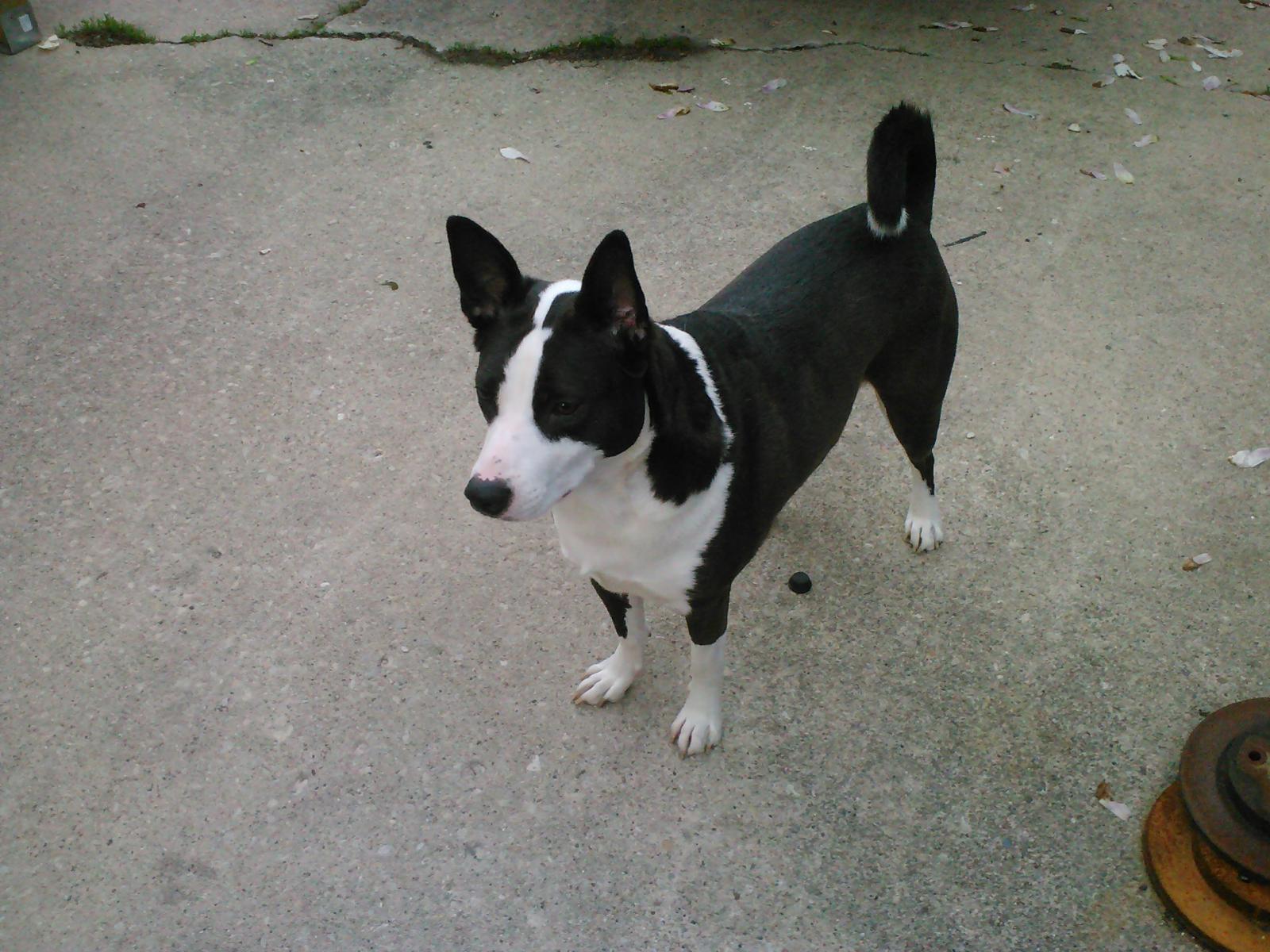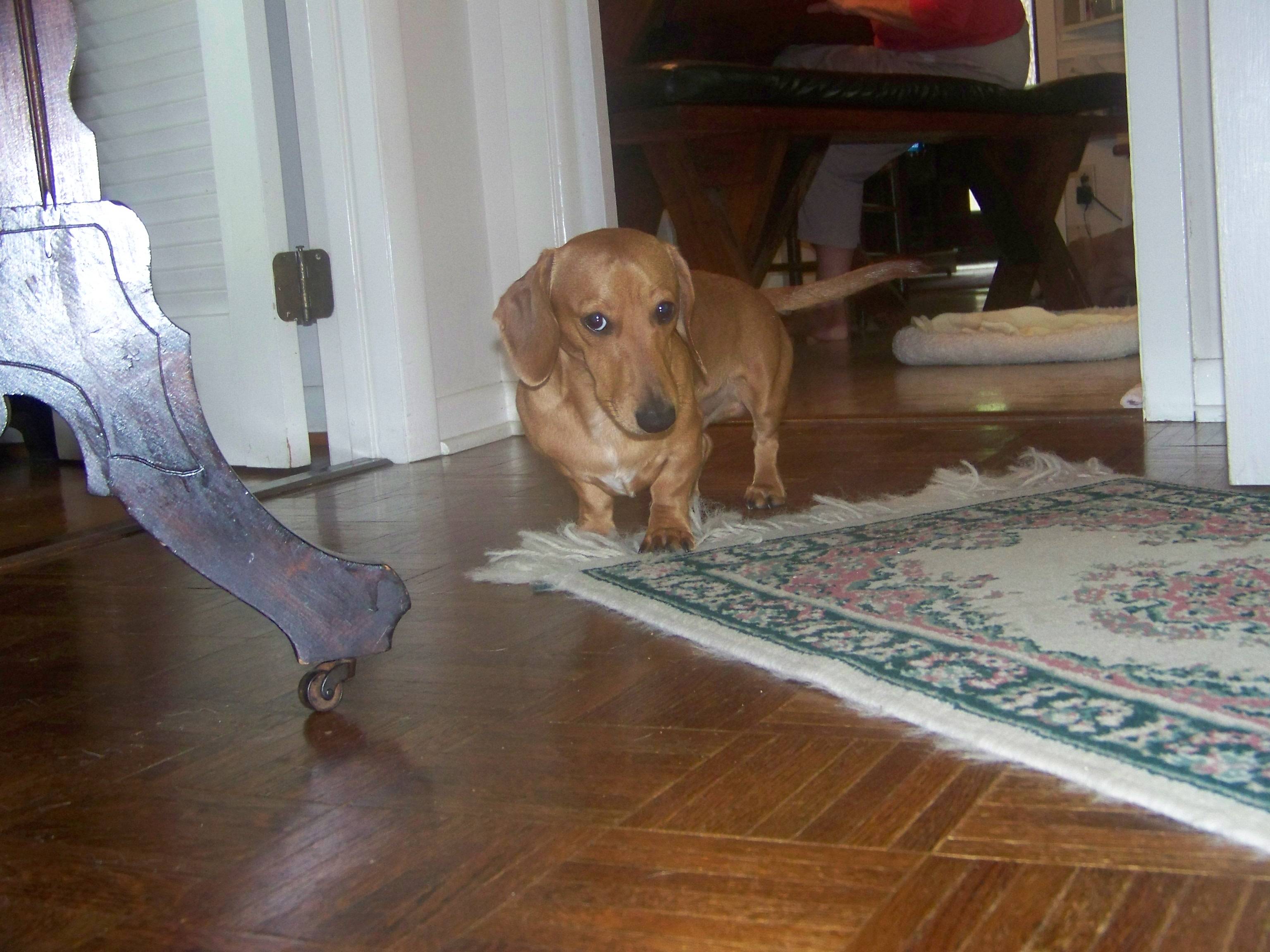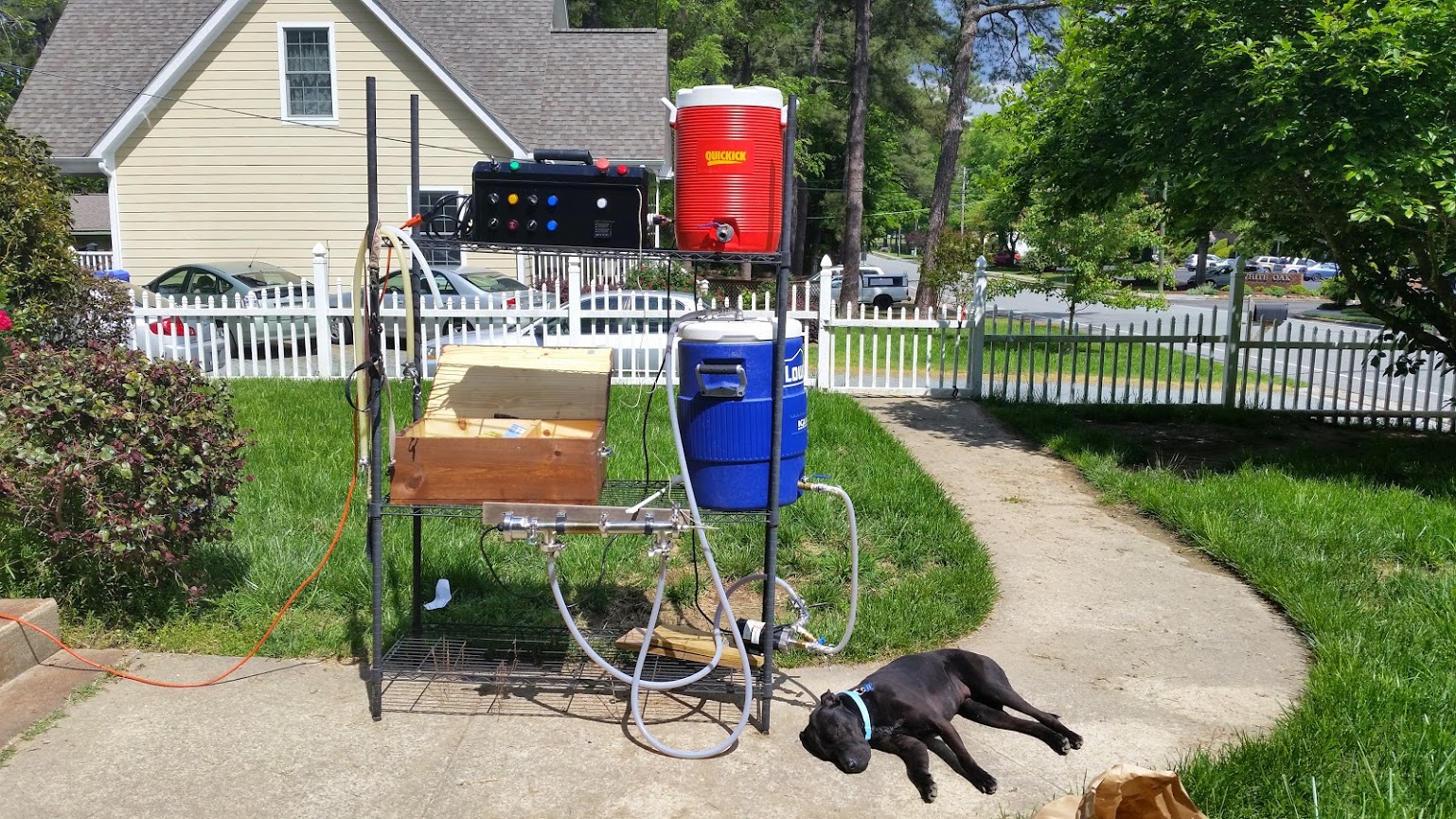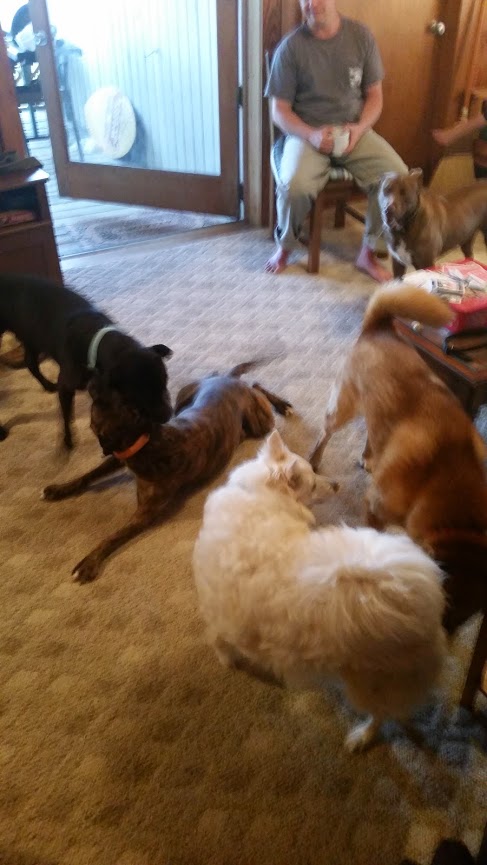While local governments in much of the western world thresh futilely about searching for convoluted solutions to the growing problem of dog attacks, Finland has been quietly leading the way in canine legislation as it has been leading in so many other fields, such as cell phone manufacture and newsprint production. What it has done is neither sophisticated nor magical, being the product of simple practicality and everyday common sense. Briefly put, the Finnish solution consists of two elements: 1) Control the dog population, and 2) make all owners completely responsible for all consequences of their dogs' behavior.
A country, roughly the size of Minnesota (but having 160,000 lakes), with a current human population of five million, Finland gained complete independence in 1917 and struggled to establish its governmental and social institutions before the onset of World War II. Attacked without warning by the Soviet Union in November, 1939, her heroic resistance against the Red Army during the Winter War gained her the admiration of the entire free world before she attained an armistice with the USSR in March, 1940. Once again sucked into the vortex of war in June, 1941, Finland fought for her independence for three agonizing years before again achieving a separate armistice in October, 1944.
During the war years, Finns hovered on the very brink between existence and non-existence, resources strained to the breaking point. (Each Finnish citizen's monthly ration of butter consisted of exactly one pat, and Finnish women were called upon to donate their gold wedding rings to the National Treasury.) Under these most rigorous circumstances, all but the most valuable breeding dogs were humanely put down, for the others could not be fed.
Consequently, upon the termination of hostilities the entire nation possessed a mere handful of canines, so the Finnish government passed legislation to prevent a canine population explosion, taking into account that almost all urban and suburban Finns lived in multi-unit housing co-operatives somewhat comparable to condominiums. It mandated strict enforcement of a universal leash law to apply to any dog found off-leash, on the street or in the open. Further, owners were to be held strictly liable, financially and legally, for any and all damage or injury caused by their dogs, even when on-leash.
Strictly enforced by a vigilant constabulary, these laws insured that no crossbreds or mongrels were produced by uncaring or careless owners. They also insured that the value and price of purebred dogs could be stabilized and maintained. As a result, the nation did not need to employ dogcatchers or build dog pounds.
Dog fanciers, even those who originally felt themselves aggrieved by the restrictive nature of the legislation, soon realized its remarkable advantages and quickly became its advocates. Before long, they themselves became in effect an arm of the law, notifying the authorities of violations and violators because doing so was in their own best interests.
One can only consider the Finns a nation of animal lovers, for they have a native Finnish breed of milk cow, the native Finnhorse (world's fastest cold-blooded trotter), the native Finnsheep, and several breeds of native Finnish dogs including the Finnish Hound and two "export models," the Finnish Spitz and the Karelian Bear Dog. As if that weren't enough, Finns are continually importing non-native dog breeds from around the world.
One such breed, the Staffordshire Bull Terrier, first arrived in Finland on April 4, 1964, and within two years its ranks swelled to more than thirty. Within ten years of its arrival, the Stafford had become the most popular terrier breed in the country (being of moderate size, smooth-coated, and having a Finnish-type tenacious temperament). Not long ago, total Finnish Kennel Club registrations of Staffords from 1964 to the present topped the 10,000 mark.
During those 35-plus years, not one authenticated case of a Stafford bite, much less an attack, has ever been officially documented despite the fact that every Stafford has lived with its family inside the condominium, Finnish winters being such that neither man nor beast can survive in the open. Yes, the very same Staffordshire Bull Terrier that strikes terror into the hearts of "good" Germans, the very same dog that Deutsch legislators have stigmatized as " an aggressive fighting machine" and "a threat to the public." No, not a different strain, not a variant bloodline, but the same strain and bloodline that derive directly from Staffords in their mother country, England, where this highly popular breed boasts an unparalleled record of accommodation and friendship with homo sapiens.
Given the evidence, one might reasonably conclude that German legislators do not fall into that classification. Well, maybe the "homo" but certainly not the "sapiens."


